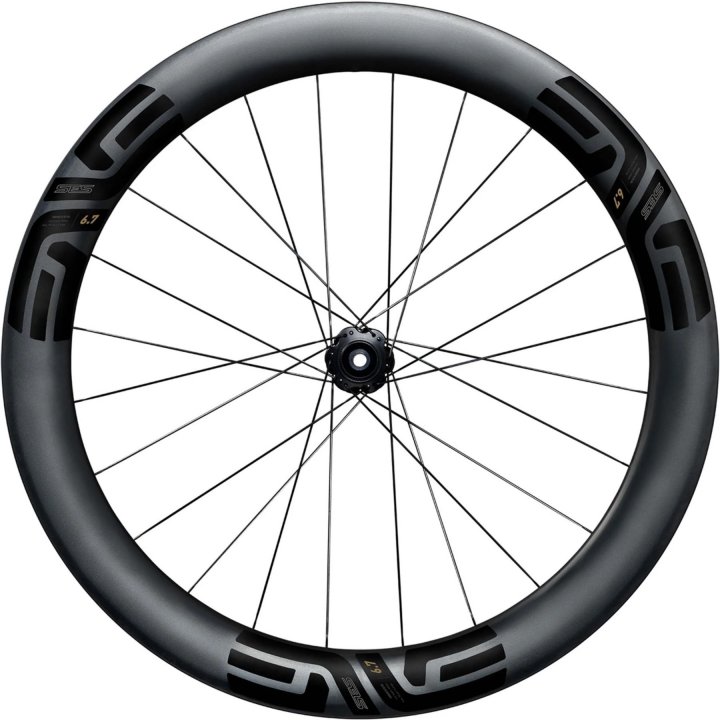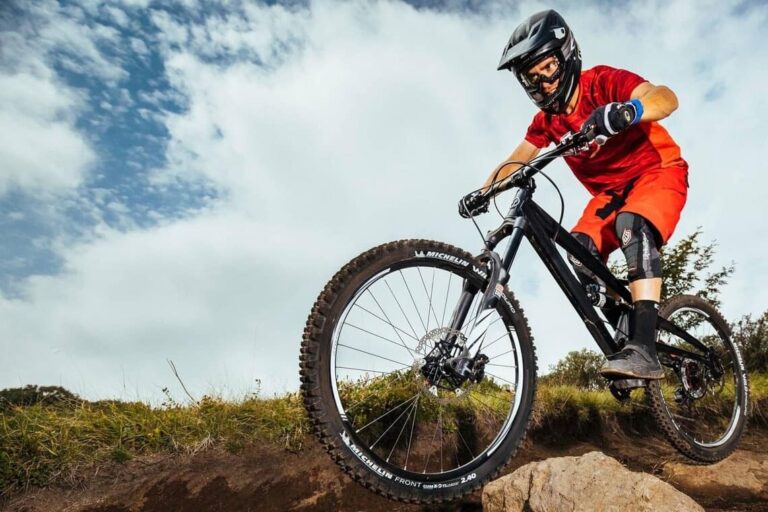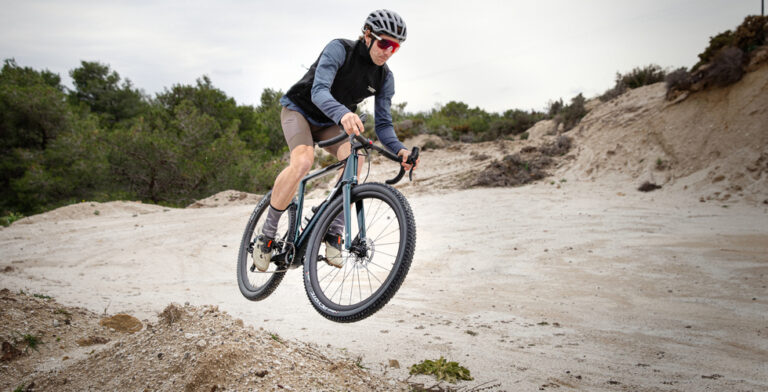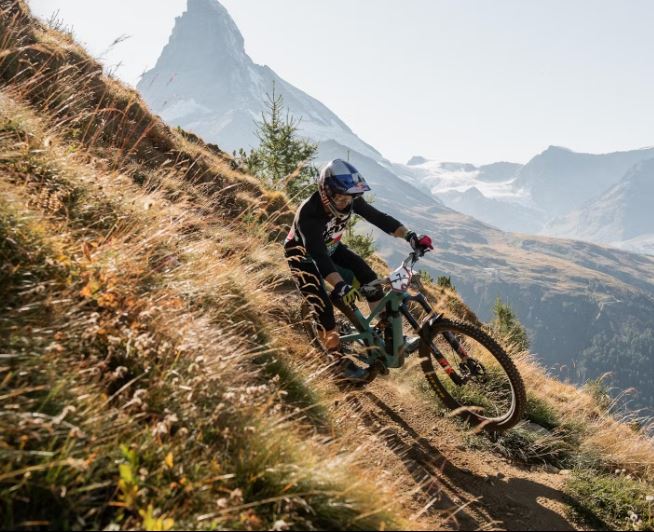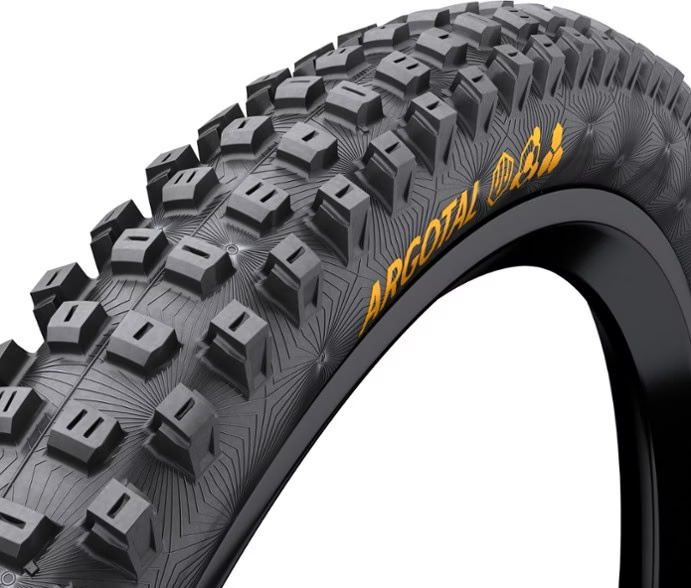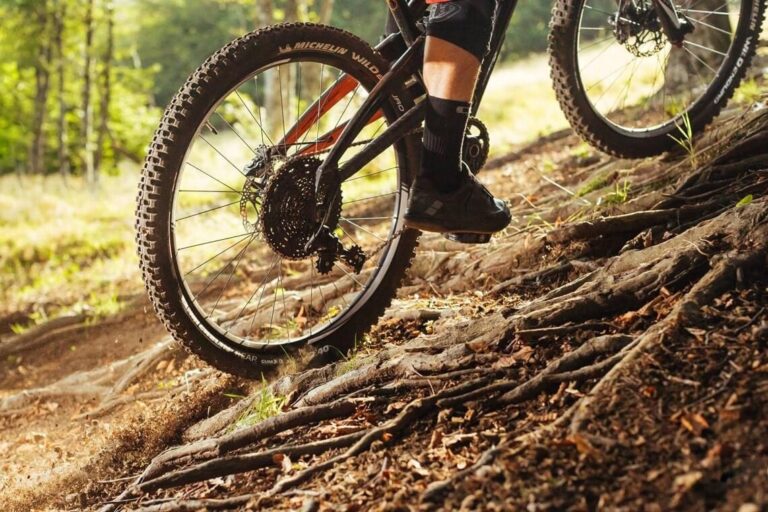Choosing the Right Size Kids’ Bike: A Guide for Parents
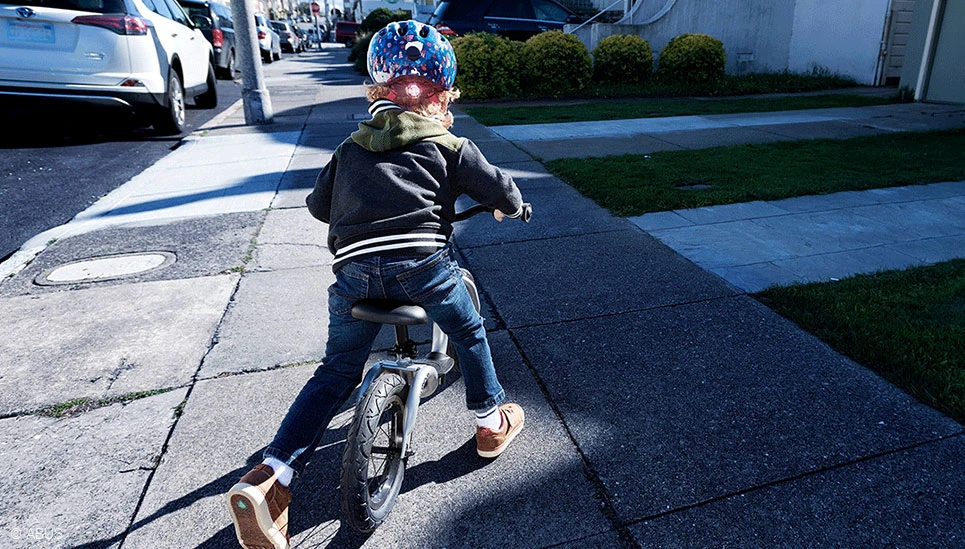
Key Point Summary of Choosing the Right Size Kids’ Bike:
- Importance of Proper Fit: Ensures comfort, control, and safety.
- Height and Inseam Measurements: Key factors in determining the right bike size.
- Wheel Size Guide: The primary indicator of bike size for kids.
- Adjustability Features: Look for bikes that grow with your child.
- Test Rides: Essential for gauging comfort and fit.
As a seasoned cyclist with years of experience racing and riding across various disciplines, I’ve learned that the joy of cycling starts young. Introducing your child to biking is not just about giving them their first taste of freedom and adventure; it’s also about fostering a lifelong love for the sport.
However, one of the most critical decisions you’ll make early on is choosing the right size kids’ bike. A bike that’s too big or too small can be challenging to control and uncomfortable, potentially putting a damper on their enthusiasm for cycling. Let me guide you through the process of selecting the perfect bike for your young rider.
Understanding the Basics of Kids’ Bike Sizing
The world of kids’ bikes can be overwhelming, with sizes ranging dramatically and styles suited for different riding preferences. Unlike adult bikes, which are typically sized by the frame, kids’ bikes are categorized by wheel size. This method simplifies the process, making it easier to find a bike that corresponds with your child’s age and height.
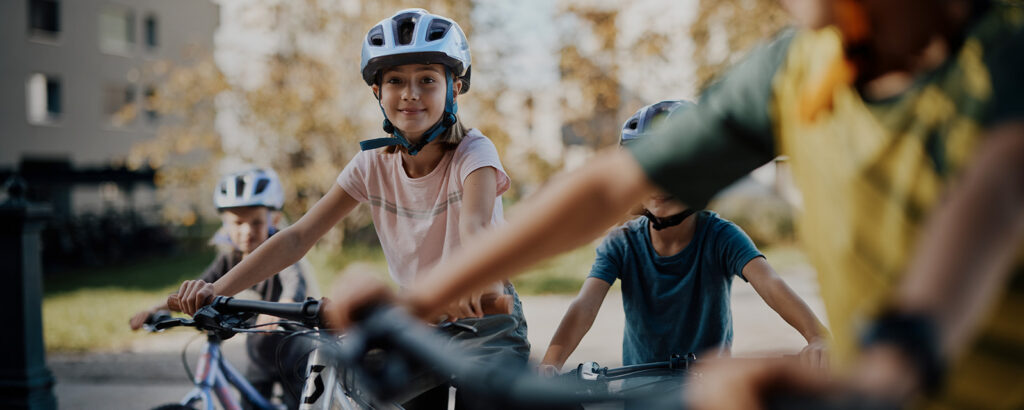
The Role of Height and Inseam in Bike Sizing
To choose the right size bike for your child, start with their height and inseam measurement. The inseam, or the distance from the ground to the crotch, is particularly crucial as it determines the minimum height for safely standing over the bike. A bike that’s too tall may be hard for your child to mount and dismount, increasing the risk of falls.
Wheel Size: A Quick Reference Guide
Kids’ bikes typically come in the following wheel sizes, which serve as a general guide to finding the right fit:
- 12-inch wheels are suitable for children 2 to 4 years old.
- 16-inch wheels cater to kids 4 to 6 years old.
- 20-inch wheels are designed for children 6 to 8 years old.
- 24-inch wheels fit most kids 8 to 12 years old.
These are guidelines, not hard rules. The best fit also depends on your child’s individual proportions and confidence level.
Adjustability for Growing Cyclists
Children grow quickly, and a bike that fits perfectly one season might be too small the next. To get the most out of your investment, look for bikes with adjustable components like the seatpost and handlebars. Some models are specifically designed to be more adaptable, allowing for a range of adjustments as your child grows.

The Importance of Test Rides
Before making a purchase, it’s essential to have your child test ride the bike. This experience can provide invaluable insights into how well the bike fits. Watch for signs of discomfort or difficulty controlling the bike, and listen to your child’s feedback. They should be able to comfortably reach the pedals, handlebars, and brakes without straining.
Safety and Comfort Over Trends
While it might be tempting to choose a bike based on popular characters or colors, prioritize safety and comfort. A well-fitted bike encourages more riding and helps build confidence. Also, consider the type of riding your child will be doing. Heavier, more durable bikes might be better suited for adventurous kids who’ll be off-roading, whereas lighter models could be ideal for neighborhood rides.
Wrapping Up
Choosing the right size kids’ bike is about more than just matching a bike to your child’s age or height. It’s about ensuring a comfortable, safe, and enjoyable introduction to cycling. By focusing on proper fit, and adjustability, and giving your child the opportunity to test ride, you’re setting the foundation for a lifelong passion for biking. The best bike for your child is one that they’re excited to ride and can handle with confidence.
Cleary Bikes are renowned for their durability and simplistic design, focusing on creating bikes that are both fun and efficient for kids. Their bikes, like the Cleary Gecko, offer a sturdy yet lightweight option for young riders, making it easier for them to control and maneuver. This brand is a great choice for parents looking for a bike that can withstand the adventures and growth of their children.
Prevelo specializes in making bikes that are specifically designed for kids’ proportions, ensuring a comfortable and confident ride. The Prevelo Alpha Two, for instance, is designed with a low minimum seat height and a geometry that lowers the center of gravity, making it an excellent option for children transitioning from balance bikes or those on their first pedal bike. Prevelo bikes focus on safety and building confidence in young riders.
Scott offers a range of kids’ bikes that are versatile and designed to handle various terrains, making them suitable for adventurous young riders. A model like the Scott Roxter 20, for example, is designed for kids who are ready to explore more challenging trails or enjoy family rides on varied terrains. Scott bikes are known for their robust construction and components that can take on rougher rides, making them ideal for kids who love outdoor adventures.
Happy cycling!
John
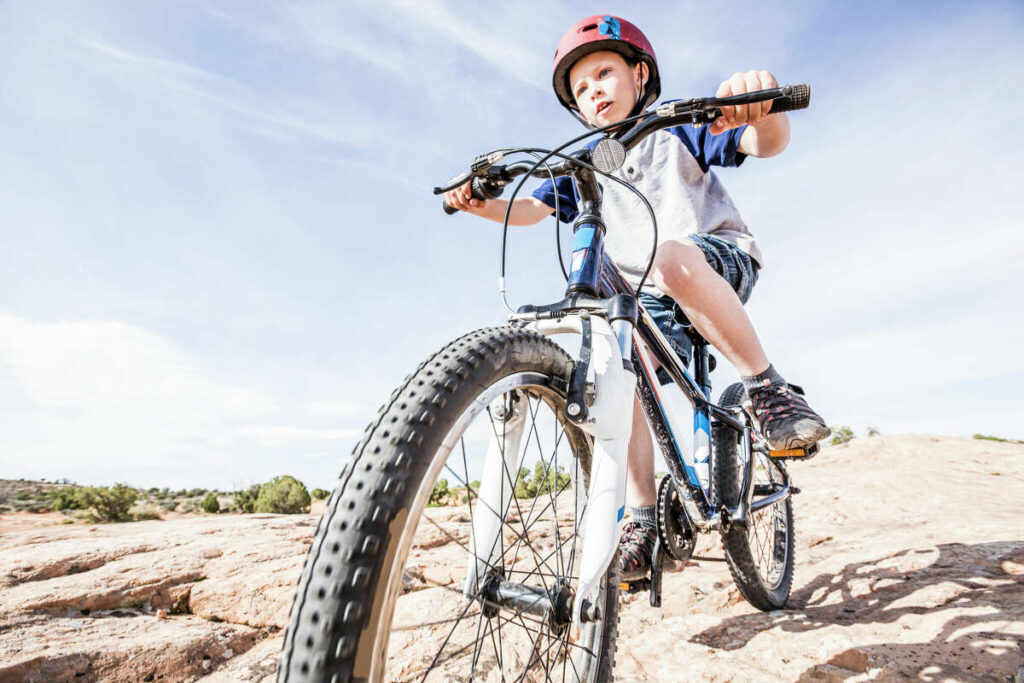
FAQ
How do I choose a bike size for my child?
Measure your child’s height and inseam (leg length) and compare these measurements with a bike size chart, focusing on wheel size (e.g., 12″, 16″, 20″, etc.) for kids’ bikes. Choose a size where your child can comfortably reach the ground with their feet when seated.
How do I know if my bike is too big for my child?
If your child cannot touch the ground with at least their toes while seated, struggles to control the bike, or cannot comfortably reach and operate the handlebars and brakes, the bike is likely too big.
How should a bike fit a kid?
A properly fitting bike allows the child to sit on the saddle and touch the ground with the balls of their feet. They should easily reach the handlebars and brakes without stretching, maintaining a slight bend in the arms and knees when pedals are at their lowest point.
Is a 12-inch bike too small for a 5 year old?
Generally, yes. Most 5-year-olds would better fit a 16-inch bike, as 12-inch bikes are typically suited for 2 to 4-year-olds. However, it’s important to consider the child’s specific height and inseam, as individual sizes vary.
